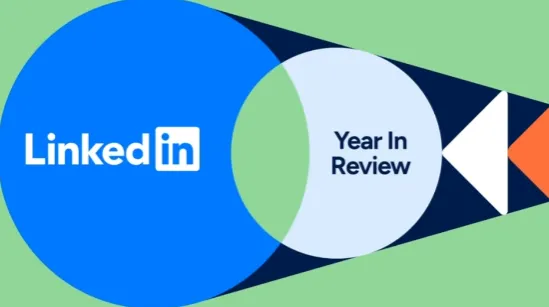India holds rates steady at 5.5% in line with forecast as central bank assesses earlier cuts
India's central bank kept its policy rate unchanged at 5.5% Wednesday in line with the expectations of economists polled by Reuters.

Sanjay Malhotra, governor of the Reserve Bank of India (RBI), during a news conference in Mumbai, India, on Wednesday, Dec. 11, 2024. India's newly-appointed central bank governor Malhotra said he will look to uphold stability and continuity in policy in his role. Photographer: Dhiraj Singh/Bloomberg via Getty Images
Bloomberg | Bloomberg | Getty Images
India's central bank kept its policy rate unchanged at 5.5% Wednesday, in line with the expectations of economists polled by Reuters, as it assessed the impact of earlier cuts.
Inflation moderated significantly in the first quarter, but growth could decelerate in the second half of the financial year due to global trade uncertainties, said Sanjay Malhotra, governor of the Reserve Bank of India.
The effects of the RBI's outsized rate cut of 50 basis points in June have yet to filter through the economy, explained Malhotra, adding that the decision to hold rates steady was unanimous.
"The acknowledgement that space has emerged for rate cuts without an outright commitment on the timeline for the next action is likely to work best for [earlier cuts to take effect] in our view," said Anubhuti Sahay, Head of India Economics Research at Standard Chartered Bank.
Given the uncertain external environment and the limited room of 25-50 basis points for future rate cuts, the RBI is "likely to be patient in delivering the last cut(s)," she added.
The Monetary Policy Committee, which is the RBI's key decision-making body, also said it was prudent to pause any policy action after a recent goods and services tax cut, and while "trade-related uncertainties are also unfolding".
The RBI forecasted the economy to grow by 6.8% in fiscal year 2026, with the second quarter expected to grow by 7%, followed by a moderation to 6.4% and 6.2% in the next two quarters, respectively.
The estimates for the third quarter and beyond are "expected to be slightly lower than projected earlier" mostly due "to trade-related headwinds, despite being partially offset by the impetus provided by the rationalization of GST rates", Malhotra said.
The average headline inflation rate has also been revised to 2.6% for fiscal year 2026.
The Indian benchmark indices, Nifty 50 and Sensex, were up marginally by 0.7% post the announcement. The rupee was trading at 88.67 against the dollar.
A rate cut in October would have been timely, as it marks the highest demand for loans from businesses and households during the festive season, Sonal Varma, chief economist at Nomura Research, told CNBC on Monday.
In August, the U.S. imposed an additional 25% tariff on Indian imports, citing New Delhi's purchases of Russian oil, which raised total duties to as high as 50%, among the highest levies on any of Washington's trading partners.
Textiles, gems and jewelry and marine products from India are some of the sectors worst affected due to U.S. tariffs. While exports to the U.S. account for around 2% of India's GDP, these sectors are labor-intensive, and deterioration of business could lead to job losses.
To mitigate the impact of the tariffs, the Indian government reduced the goods and services tax on several items on Sept. 22, to spur domestic demand ahead of a month-long festive season, which starts with the nine-day Hindu festival of Navratri, followed by Diwali.
The GST tax cut is expected to make fast-moving consumer goods, automobiles and farm products cheaper.
However, the tax cuts would only provide a temporary boost to the Indian economy, and job creation needs to improve for a sustained consumption pickup, Nomura's Varma said.
India's domestic consumption accounts for over 60% of GDP, close to other developed economies like the U.S. and the U.K., making it less dependent on exports. The GST cuts are expected to ease the impact of U.S. tariffs.
In September, Goldman Sachs raised its real GDP growth forecast for the country by 60 basis points to 7.1% for calendar year 2025 and 6.7% for fiscal year 2026. The improved projection followed India's report of better-than-expected GDP growth of 7.8% in the June quarter.

 KickT
KickT 
































